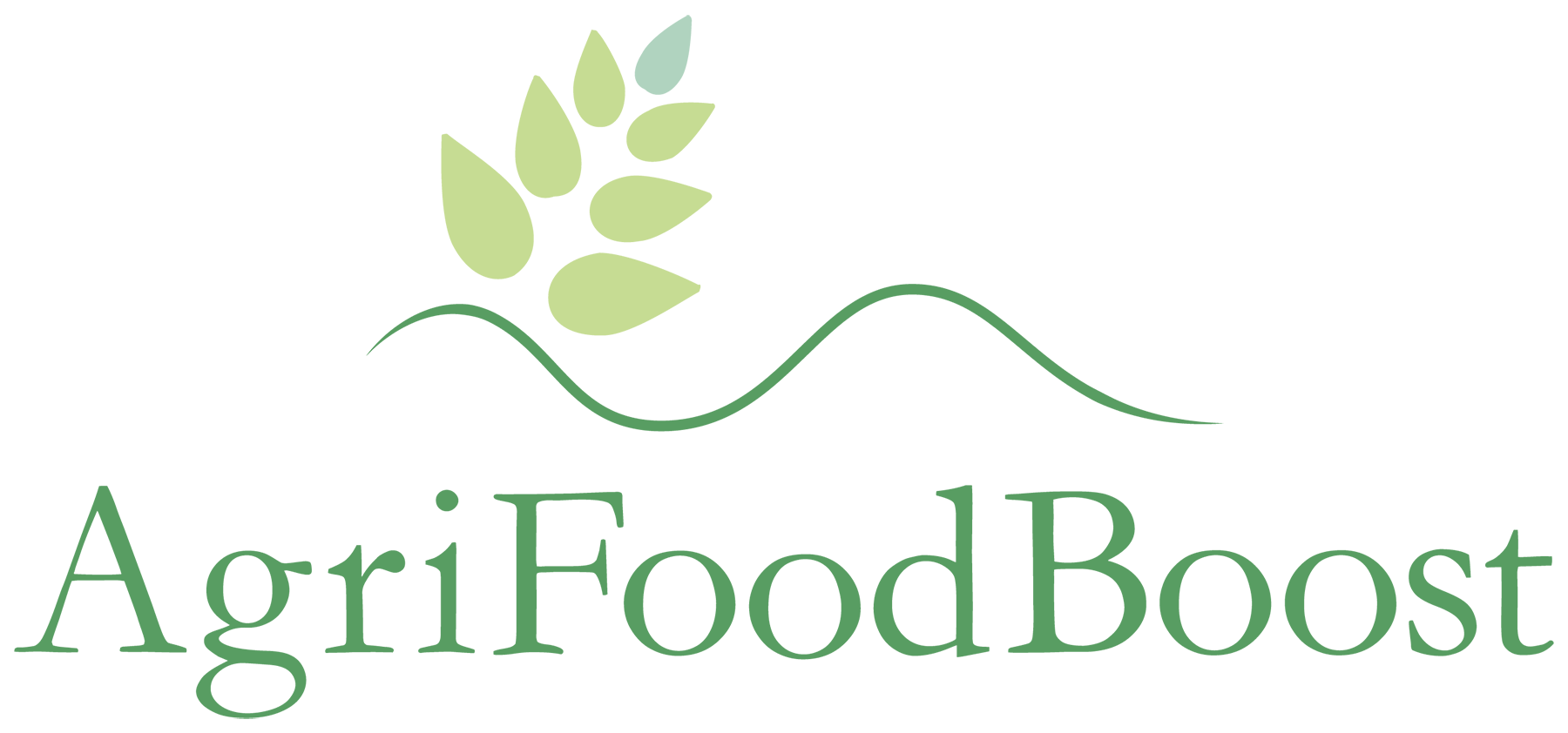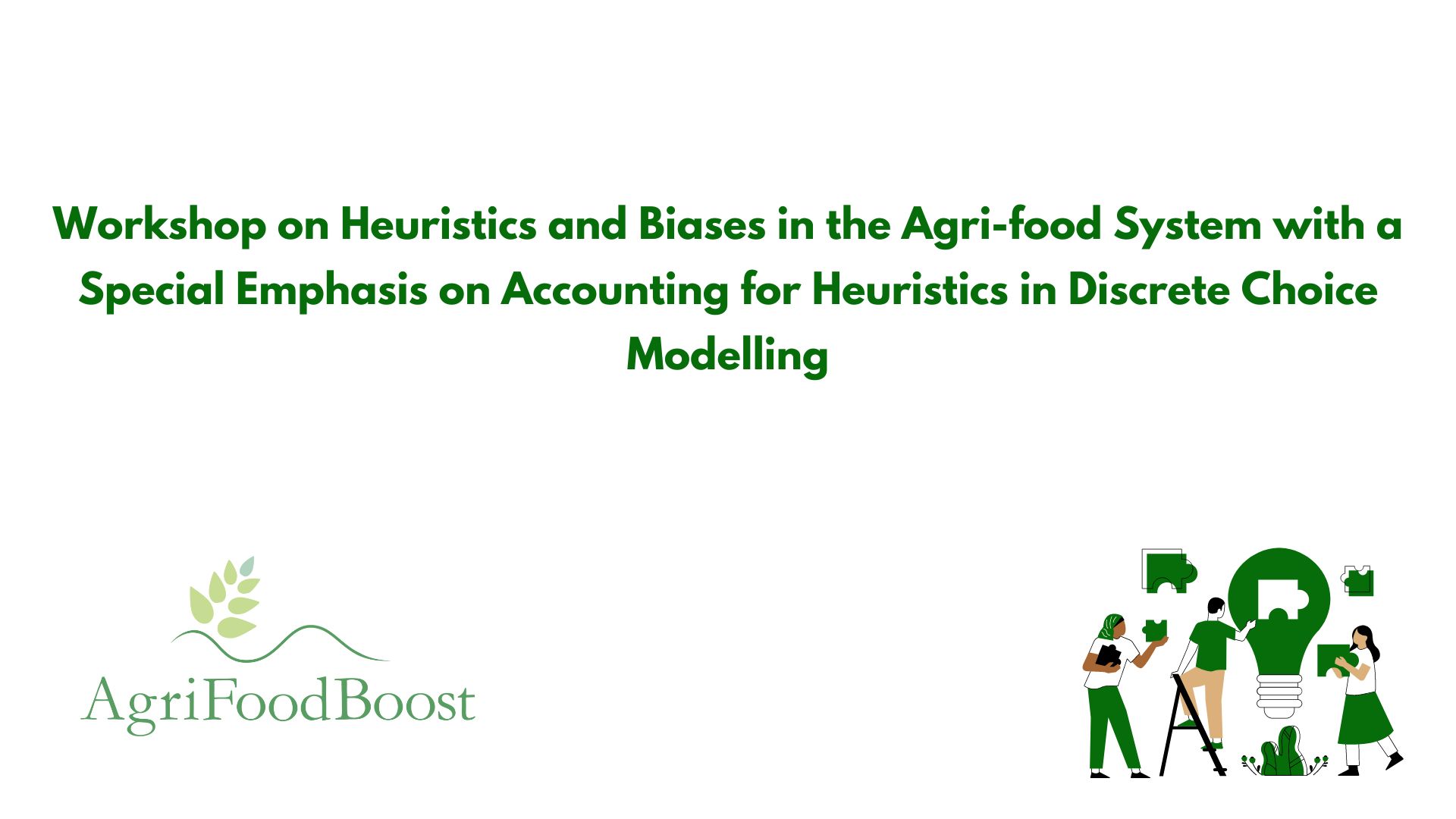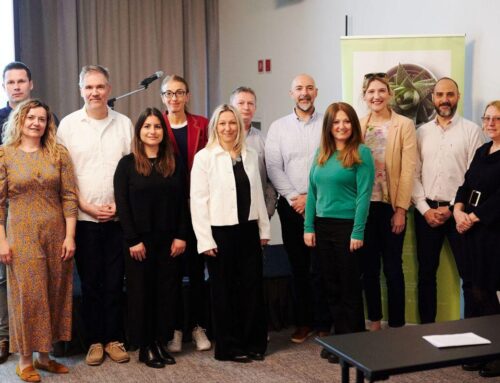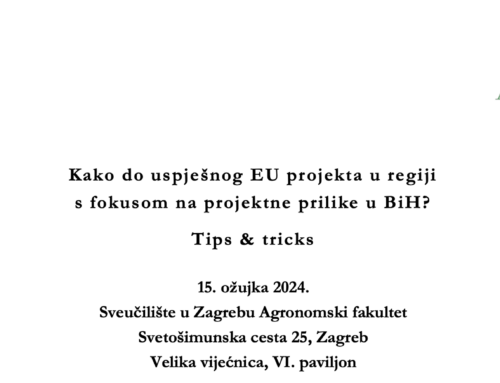27–29 November 2023, Department of Economics, Swedish University of Agricultural Sciences, Campus Ultuna in Uppsala
Teaching and tutoring by Vincenzina Caputo, Anna Kristina Edenbrandt, Carl-Johan Lagerkvist, Jens Rommel, Julian Sagebiel
Course content: Participants are introduced to heuristics and biases in behavioral economics and their treatment in the econometric estimation of discrete choice models in relation to research in the agri-food system. In the mornings, there will be lectures and exercises. Afternoons are reserved for working on individual or group projects in relation to the course content. The course combines lectures, group discussions, seminars, and small assignments.
Learning outcomes: Participants have an overview of the heuristics and biases research program in relation to agri-food economics and selected econometric models to account for heuristics and biases in estimation. Participants make advances in their own research (e.g., formulate a project idea, advance in the analysis or design of a study in relation to the course content).
Evaluation and assessment: Participants take part in the course by preparing and finishing all assignments. There is a presentation on the final day of the course.
Target group: Early career researchers (current PhD students or PhD graduates from within the past two years) with a solid background in microeconomics and econometrics who wish to apply Discrete Choice Experiments,Discrete Choice Models, or other methods to account for heuristics and biases in the field of agri-food research.
Selection criteria: To ensure high engagement and a reasonable rate of tutors to participants, a limit of 15participants applies. Participants should fill the following form (no later than 30 August 2023). Participants will be notified not later than 15 September 2023.
Course fees: Participation is free of charge. Participants must cover their own travel and accommodation cost.
Credits/certification: We can issue certificates for accepted participants, indicating the course content and thehours of teaching, but we cannot offer official accreditation/ECTS.
Use of software and computers: There will be computer exercises during the course. We encourage participantsto bring their own laptops. Software requirements will be announced to participants shortly before the course.
Contact: For all organizational questions, please contact Jens Rommel (jens.rommel@slu.se)!
Preliminary schedule
(Small breaks after every hour of teaching, lunch breaks from 12.00–13.00)
Day 1
| 09.00 – 10.00 | Introduction of participants and teachers and organization of the course (all) |
| 10.00 – 12.00 | Introduction to heuristics and biases research program (Jens Rommel) |
| 13.00 – 16.00 | Reserved for group work and tutoring |
Day 2
| 09.00 – 10.30 | Accounting for consideration set formation with eye-tracking data (Anna Kristina Edenbrandt) |
| 10.30 – 12.00 | Using simulations to understand when heuristics-driven violations of Random Utility Model assumptions are a problem |
| 13.00 – 16.00 | Reserved for group work and tutoring |
| 19.00 | Dinner in town |
Day 3
| 09.00 – 12.00 | Attribute non-attendance: Theory and practice (Vincenzina Caputo) |
| 13.00 – 16.00 | Participant presentations |
Background literature on the heuristics and biases research program
- Dhami, S. (2016). The foundations of behavioral economic analysis. Oxford University Press.
- Gigerenzer, G. (1991). How to make cognitive illusions disappear: Beyond “heuristics and biases”. European Review of Social Psychology, 2(1), 83-115.
- Gigerenzer, G., & Brighton, H. (2009). Homo heuristicus: Why biased minds make better inferences. Topics in Cognitive Science, 1(1), 107-143.
- Kahneman, D., Slovic, P., & Tversky, A. (Eds.). (1982). Judgment under uncertainty: Heuristics and biases. Cambridge University Press.
- Ross, M., & Sicoly, F. (1979). Egocentric biases in availability and attribution. Journal of Personality and Social Psychology, 37(3), 322-336.
- Wakker, P. P. (2010). Prospect theory: For risk and ambiguity. Cambridge University Press.
Relevant Course Literature on Heuristics and Biases in Discrete Choice Experiments
- Caputo, V., & Scarpa, R. (2022). Methodological advances in food choice experiments and modeling: currentpractices, challenges, and future research directions. Annual Review of Resource Economics, 14, 63-90.
- Caputo, V., Van Loo, E. J., Scarpa, R., Nayga Jr, R. M., & Verbeke, W. (2018). Comparing serial, and choice taskstated and inferred attribute non‐attendance methods in food choice experiments. Journal of Agricultural Economics, 69(1), 35-57.
- Edenbrandt, A. K., Lagerkvist, C. J., Lüken, M., & Orquin, J. L. (2022). Seen but not considered? Awareness andconsideration in choice analysis. Journal of Choice Modelling, 45, 100375.
- Johnson, F. R. (2023). Comment on: Taking the Shortcut: Simplifying Heuristics in Discrete Choice Experiments. ThePatient-Patient-Centered Outcomes Research, 1-4.
- Veldwijk, J., Marceta, S. M., Swait, J. D., Lipman, S. A., & de Bekker-Grob, E. W. (2023). Taking the Shortcut:Simplifying Heuristics in Discrete Choice Experiments. The Patient-Patient-Centered Outcomes Research, 1-15.






